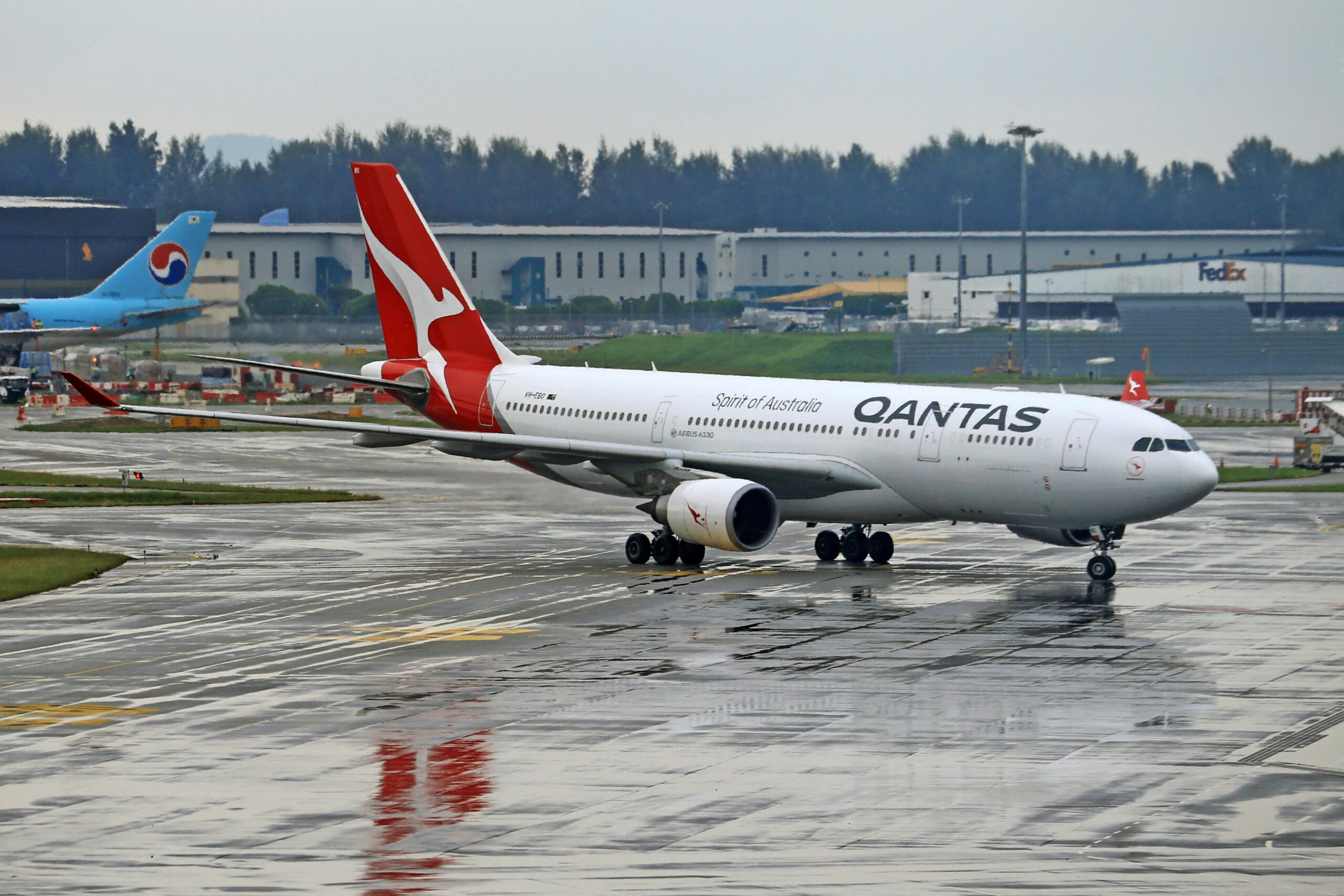Australia, the land of sun-kissed beaches, unique wildlife, and vast outback landscapes, is a dream destination for many. But with its diverse climates and sprawling geography, knowing when to visit can be the key to an unforgettable trip. Have you ever wondered whether you’d prefer a balmy beach holiday or a cool mountain escape? Perhaps you’re eager to see the Great Barrier Reef at its most vibrant? Understanding Australia’s seasons and regional variations is essential for planning your perfect adventure.
Australia’s seasons are opposite to those in the Northern Hemisphere. That means when it’s summer in Europe and North America, it’s winter in Australia, and vice versa. This reversal can be a little confusing at first, so let’s break down what you can expect in each season and which regions shine during specific times of the year.
Summer (December to February): Sun, Surf, and Festivities
Summer in Australia is characterized by long, hot days, perfect for beach vacations, water sports, and outdoor adventures. This is the peak tourist season, especially around school holidays, so be prepared for crowds and higher prices.
- Weather: Expect high temperatures, often reaching 30°C (86°F) or higher, particularly in the inland regions and northern areas. Coastal areas benefit from sea breezes, making them slightly more comfortable. The humidity can be high in some areas, particularly in tropical North Queensland.
- Best For: Beach holidays, surfing, snorkeling, diving, hiking in alpine regions, and experiencing Australia’s festive spirit.
- Regions That Shine:
- Sydney: Enjoy iconic beaches like Bondi and Manly, the Sydney Harbour, and outdoor events.
- Melbourne: Experience the Australian Open tennis, outdoor festivals, and explore the city’s vibrant culture.
- Queensland (Gold Coast & Sunshine Coast): Perfect for beach getaways, surfing, and theme park adventures.
- Tasmania: Ideal for hiking in the highlands and exploring the pristine wilderness.
- Great Barrier Reef: The water is warm and clear, offering excellent conditions for diving and snorkeling.
- Things to Consider:
- Book Well in Advance: Accommodation and flights fill up quickly, especially around Christmas and New Year.
- Stay Hydrated: Drink plenty of water to avoid dehydration in the hot weather.
- Use Sun Protection: Wear sunscreen, hats, and sunglasses when outdoors, even on cloudy days.
- Be Aware of Bushfire Risk: Bushfires are more common during the summer months. Stay updated on local warnings and avoid venturing into high-risk areas.
Autumn (March to May): A Symphony of Colors and Mild Temperatures
Autumn in Australia offers pleasant weather, beautiful foliage, and fewer crowds than the summer months. It’s a great time to explore the country’s natural beauty and enjoy outdoor activities.
- Weather: Expect mild temperatures, with warm days and cool nights. Rainfall is more common in some regions, but the weather is generally agreeable.
- Best For: Hiking, wine tasting, exploring national parks, and visiting major cities.
- Regions That Shine:
- Victoria (Yarra Valley): The grapevines turn vibrant shades of red, orange, and gold.
- Blue Mountains (New South Wales): The leaves put on a stunning display of autumn colours, making this a beautiful place for hiking.
- Adelaide Hills (South Australia): Experience picturesque landscapes and charming towns.
- Tasmania: The foliage in the highlands creates breathtaking scenery.
- Margaret River (Western Australia): Enjoy wine tasting, coastal walks, and surfing.
- Things to Consider:
- Pack Layers: Be prepared for fluctuating temperatures with clothing that can be easily layered.
- Check for Local Festivals: Autumn is a time for food and wine festivals around the country.
- Enjoy the Scenery: Take scenic drives to fully appreciate the beauty of the season.
Winter (June to August): Skiing, Wildlife, and Cozy Getaways
Winter in Australia isn’t the same as a European or North American winter. While it gets cold, especially in the alpine regions, many parts of the country still experience mild weather and plenty of sunshine.
- Weather: Expect cool to cold temperatures, particularly in the southern and alpine regions. Snowfall is common in the mountain areas, creating ideal conditions for skiing and snowboarding.
- Best For: Skiing, snowboarding, whale watching, exploring indoor attractions, and experiencing cozy getaways.
- Regions That Shine:
- New South Wales (Snowy Mountains): Ideal for skiing and snowboarding, with resorts like Perisher and Thredbo.
- Victoria (Mount Buller): Enjoy winter sports and cozy mountain villages.
- Queensland (Hervey Bay): Perfect for whale watching as humpback whales migrate along the coast.
- Northern Territory (Uluru & Alice Springs): Enjoy clear skies and cooler temperatures in the outback.
- Tasmania: Ideal for a cozy getaway, with snow-capped mountains adding to the winter charm.
- Things to Consider:
- Pack Warm Clothing: Layer up with warm jackets, hats, gloves, and scarves.
- Be Prepared for Snow: If you plan to visit the alpine regions, pack appropriate clothing and gear.
- Book Ski Accommodation Early: Accommodation in ski resorts can fill up quickly.
- Watch for Whales: Take a whale-watching tour along the eastern coast for unforgettable encounters.
Spring (September to November): Blooming Landscapes and Outdoor Adventures
Spring in Australia is a time of renewal, with blooming wildflowers, warmer temperatures, and perfect conditions for outdoor activities. The shoulder season offers a good balance between fewer crowds and pleasant weather.
- Weather: Expect mild and sunny days, with gradually increasing temperatures. Rainfall is possible, but generally less frequent than in autumn.
- Best For: Hiking, nature walks, wildflower viewing, exploring botanical gardens, and coastal adventures.
- Regions That Shine:
- Western Australia (Wildflower Season): The state’s carpets of wildflowers are a sight to behold.
- Canberra: Experience the Floriade flower festival and visit national attractions.
- South Australia (Kangaroo Island): Ideal for wildlife viewing and coastal explorations.
- Queensland (Fraser Island): Enjoy the stunning beaches, lakes, and rainforests.
- Coastal Regions: Perfect for swimming, snorkeling, and enjoying the refreshing sea breeze.
- Things to Consider:
- Check for Flower Bloom Timing: The wildflower bloom varies by region and year, so research before your trip.
- Be Prepared for Pollen: If you have allergies, pack antihistamines.
- Enjoy Outdoor Activities: Make the most of the mild weather by exploring the country’s natural beauty.
Regional Variations: A Closer Look
Australia’s vastness means that different regions experience different weather patterns. Here’s a quick guide:
- Tropical North (Queensland, Northern Territory): This region has a wet season (November to April) and a dry season (May to October). The wet season is characterized by high humidity, heavy rainfall, and the risk of cyclones. The dry season offers sunny days and comfortable temperatures.
- Temperate Southeast (New South Wales, Victoria, Tasmania): This region experiences four distinct seasons with warm summers, mild autumns, cool winters, and pleasant springs.
- Arid Centre (Outback, Northern Territory, South Australia): This region experiences hot summers and mild winters. The best time to visit is during the cooler months (April to September).
- Mediterranean Southwest (Western Australia): This region has hot, dry summers and mild, wet winters. Spring and autumn are ideal times to visit.
Travel Tips and Hacks for Each Season
- Summer: Pack light, breathable clothing, swimwear, sunscreen, a hat, and sunglasses. Stay hydrated and be aware of bushfire warnings.
- Autumn: Pack layers, comfortable walking shoes, and a light jacket. Take advantage of the milder weather for outdoor explorations.
- Winter: Pack warm clothing, including layers, a waterproof jacket, gloves, and a hat. If you’re planning a ski trip, book your accommodation and lift passes well in advance.
- Spring: Pack light layers, comfortable walking shoes, sunscreen, and a hat. Be prepared for changing weather conditions.
Making the Most of Your Australian Adventure
Choosing the right time to visit Australia is the first step towards an incredible experience. Whether you’re dreaming of sun-soaked beaches, snow-capped mountains, or vibrant cityscapes, understanding the country’s seasonal variations will allow you to plan the perfect trip.
Do you prefer the sun-drenched days of summer, the colorful landscapes of autumn, the snowy adventures of winter, or the blooming beauty of spring? Which of these seasons excites you the most for exploring Australia? Share your thoughts and experiences in the comments below!
Don’t forget to follow us on our social media platforms for more travel inspiration and tips to plan your next adventure to Australia!
Catch up on the top stories and travel deals by subscribing to our newsletter!












Leave a Reply